Creating an effective sales plan is the first important step in defining your sales strategy. Are you a business owner with a sales team? Perhaps you are a sales manager in charge of numerous sales reps? If so, this is your key to taking control and achieving sales success.
Every salesperson should learn to write a sales plan. They are an invaluable resource in determining your sales goals and how to achieve them, providing helpful insight with every step of the way. You might have the best marketing mix and social media team in the world. But, without the right strategy in place, it can be hard to reach your targets.
This article will look at how you can start to create a plan that actually works. You can also take advantage of our free-to-download template. Why not download it now and start creating your secret weapon in sales forecasting and planning productivity? Plus, you can discover other great templates and examples we have compiled to make it easy.
Read on to learn more about sales planning and how it can engage all stakeholders in your company. We’ll go through exactly what a sales plan is, why you need to create one, and what you should include in it. Then it’s over to you to put your thinking cap on and go ahead and create one of your own.
Why your sales strategy matters so much
A good strategy creates the vision and develops the roadmap to ensure objectives and goals will be met. It also provides the metrics to ensure these can be measured. The overall aim is obviously to grow your sales pipeline, attracting new customers. See below for an example of mapping out a sales process that can help with this.
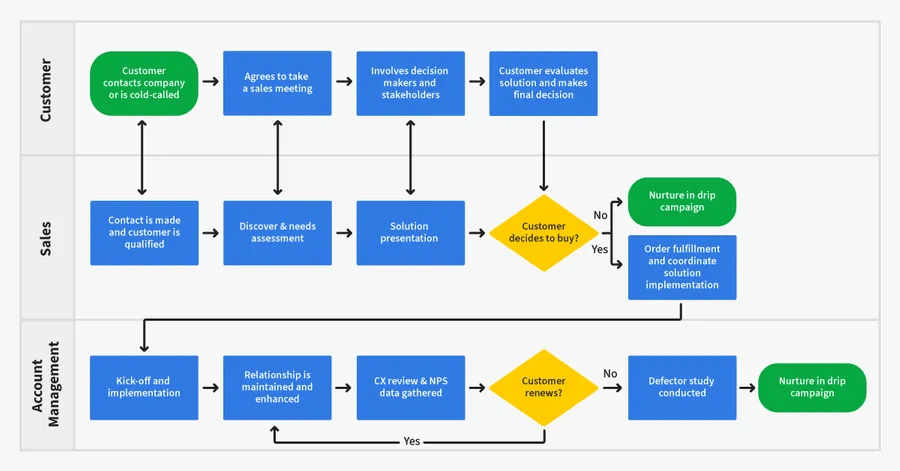
What is a sales plan?
A sales plan sets out your objectives, target audience, and all the tactics and specifics needed to achieve your sales goals. It breaks down business goals into an actionable and detailed plan. Consider it the ‘who, where, why, and when’ of your sales strategy. It also outlines the key responsibilities of your sales team.
When written effectively, it can be instrumental in helping you to hit all your revenue targets. It can also help you to identify potential problems, ensuring that your goals are achievable and realistic.
Writing a plan allows you to formalise your sales activity in all areas, including:
- Your target audience (otherwise known as ideal customer profile), including demographics
- The structure of your sales team and responsibilities of team members
- Communications tools and metrics you will use
- How you will recognise and record benchmarks
- The structure of your company’s sales process
- Your prospecting strategy
- Revenue targets
- Sales targets
- Your pricing strategy
- A plan for attracting new business
- Details of how you are going to measure performance against the last quarter and previous year
The benefits of creating a plan such as this are extensive. A good plan will power greater motivation within your team of sales professionals. It can also unite sales and marketing teams, getting rid of confusion and misalignment between the two. It’s always helpful to have everyone on the same page.
Defining and getting your sales team’s initial approach right also lays the foundations for successful future customer engagement. And we all know that engaged and happy customers are loyal ones!
What is a business plan?
A sales plan is sometimes confused with a business plan. Many business owners or leaders regard the former as an extension of the latter. However, the latter typically lays out all your sales goals and revenue targets across the organisation without outlining the strategy behind achieving them.
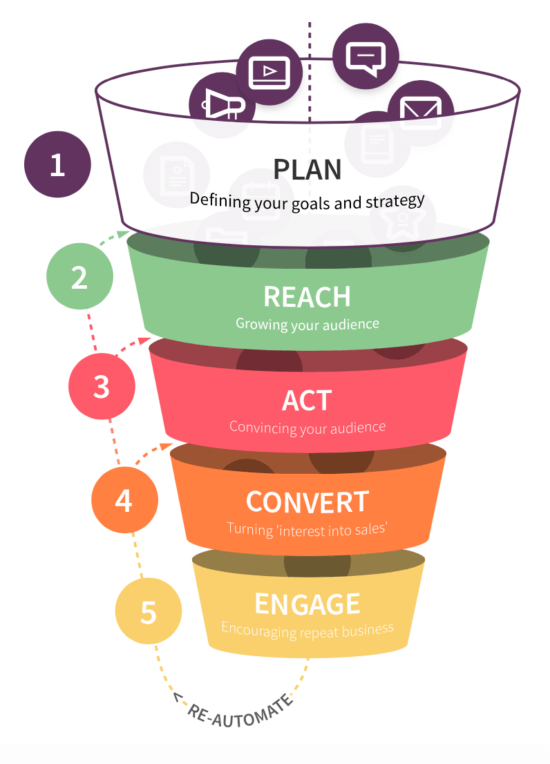
What is the sales planning process?
It’s important to remember that sales planning isn’t just about creating a written document. It’s all about the strategy behind that document. The process should be refreshed yearly, at least to keep it up to date. It should ideally include:
- The metrics you will use to determine success.
- Sales targets that meet your objectives and goals
- Trends and data from previous sales, utilised for sales forecasting
- Analysis of your company’s current situation
- Identification of any gaps
- Taking advantage of previously passed-over opportunities
- Outlining the actions to be taken
What goes in a sales plan template?
Whether you are the owner of a small business startup or in charge of a much larger organisation, a typical plan will contain similar sections. However, don’t forget that you will need to tailor it to your company’s own needs. This can easily be done by adding or removing sections or charts. Most effective outlines will include:
- Team roles and structure
- Ideal market and customers
- Revenue goals
- Market conditions
- Promotions and relevant price information
- Ownership of deliverables and deadlines
- Tools and resources
- Tactics and strategies
Why do you need a sales plan template?
Sales teams are usually dynamic and highly active groups of people focused on getting things done. This is great for generating impressive short-term results. Unfortunately, these characteristics aren’t always conducive to organisation and planning. This can lead to unpredictability. To ensure that optimum numbers of target customers are reached, and revenue goals are met, a strategic sales plan is a must.
Successful sales processes should be regarded as a system with optimisable steps or stages. Repeatable systems help keep everyone on track, making it easier to discover what is working well and where improvement is needed. A plan also encourages collaboration by ensuring that everyone is working towards the same goal or outcome.
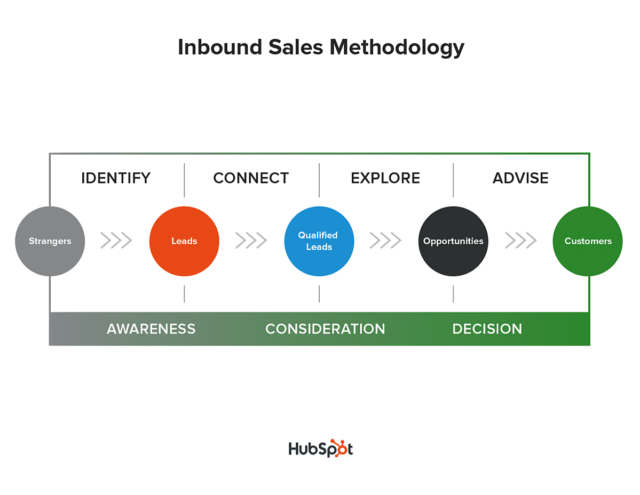
A high-quality plan is an invaluable resource for every salesperson in your organisation. It empowers high performance by giving access to detailed strategies and best practices. Your plan will become a go-to guide to help sales and marketing teams to understand their roles and responsibilities. It will also ensure everyone has all the necessary targets, tactics, and methods at their fingertips.
Refining your plan is important as you go along. You could even encourage collaboration and editing in real-time from your team. As your business progresses, you will discover the sales methods that work best in different situations with different target customers’ demographics.
This can be really helpful for your sales reps. They will encounter various scenarios, so they need to be well prepared. Using the right methods will meet your buyers’ needs, providing a better customer experience.
Identifying your team’s needs
Writing a properly structured plan will also help you to concentrate on the people and tools you need to source for success. Some of the questions you will need to ask include:
- Who do we need to employ at each stage?
- Who will lead and manage our teams?
- What will extra tools be needed for teams working from home?
- Which CRM software is best for organising each stage?
- What will additional resources be needed?
- What metrics will we use to measure performance/results?
How do you write an effective sales plan?
It can be quite difficult and time-consuming to write a plan like this from scratch. It is much quicker and easier to use a template where you need to fill in the blanks. Templates are easily customisable and can be simplified or added to according to your preferences.
The key strategy here is converting business goals into actionable sales objectives. Your plan will help you to identify problems and ensure your targets are realistic. Your plan can span either a year, a quarter, or even a week, depending on your sales cycle. It’s all about making it a personal resource for your organisation.
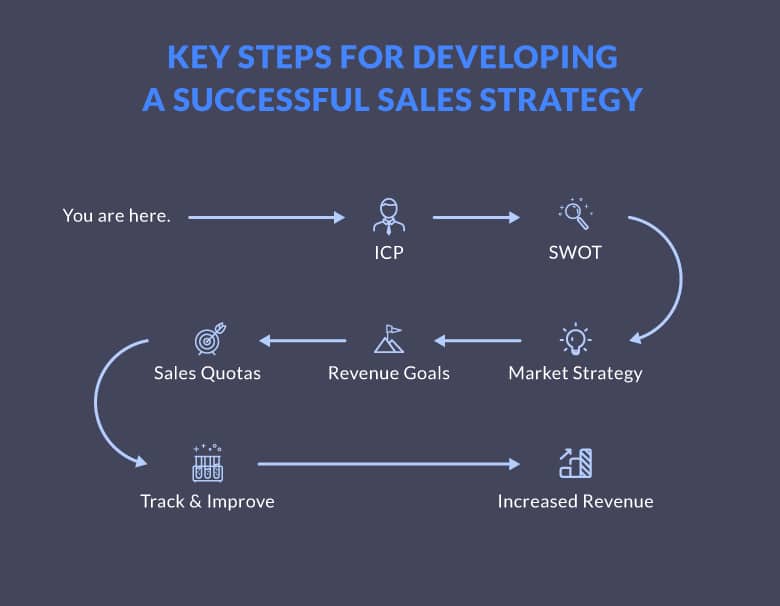
Steps to creating a sales plan
We have outlined 12 easy steps below to help you create your plan. Read on to discover our top tips:
1. Write a company history and outline important core values
In the first section, pay real attention to why your company exists and what it stands for. Important aspects to include are your company background, mission statement, and vision statement.
2. Defining your target market
In this section, you need to add buyer personas for all segments of your target market. It is crucial to really understand your customer demographics here. You should also list any exclusions from your target market and explain why they exist.
Don’t neglect to add in physical locations, too. Explain whether your company serves a local area or operates nationally and discuss why.
This section of your plan will probably need to change over time. Buyer personas rarely stay the same as your company develops. That is why it is important to review and revise regularly.
3. Listing team structure and capabilities
Ask yourself what your team structure looks like. What leadership does your team need to support it to succeed? This section is all about listing your sales leadership team’s names and positions and defining structure. You could also include the overall headcount of available contributors to the sales process.
Here is where you need to add a growth strategy for the staffing of your team. You also need to identify any gaps and the effects that these vacancies may have.
4. Looking at positioning and industry market conditions
Try to explain your company’s position in the market. Then add in a description of the market conditions in your industry. How is it performing at the moment? Think about current market trends and how they could affect your business.
Explain what your company’s value proposition is. Now add how your service or products solve customers’ problems and what benefits entice them to purchase.
The next step is to talk about competitive advantage and perform a brief competitor analysis. Try to name all your main competitors. Explain your pricing strategy and how it was developed to complete the picture.
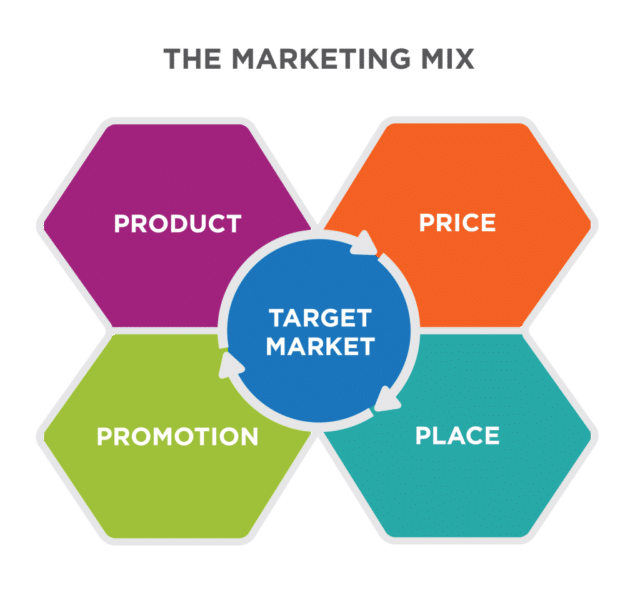
5. Listing all the resources at your team’s disposal
This section is where you need to list all the tools, resources, and collaboration
software that your team has access to. Examples could include training, workflow tools, etc. It is a good idea to include specific details of your CRM software. You should also include information about how it is used in all the stages of your buying cycle.
6. Adding your marketing strategy
This is where it may pay to enlist your marketing department’s help. You will need to document a brief version of your company marketing plan. It should include a list of who is responsible for each area and how to contact them. Don’t forget to include:
- Email marketing strategy
- Content marketing strategy, including blogging
- Direct mail marketing strategy
- Social media marketing strategy
- Your pricing strategy, including promotions
7. Defining your prospecting strategy
Outline your company’s prospecting strategy and how leads are qualified in this section. What criteria does a prospect have to meet for outreach? Remember to add details of your inbound and outbound marketing strategies.
8. Reviewing last quarter’s performance
Take a look at last quarter’s results (or last year’s if your plan is every year). Fill this section with numeric details and analyse what worked and what didn’t. Include positive actions and successful tactics, as well as mistakes to learn from.
9. Creating an action plan
Create your action plan in this section. Outline actions your team will take to achieve your company’s goals. How will you hit your targets? Explain who will take ownership of each tactic. It would be helpful to reference factors such as new products and customer referrals here.
10. Defining your goals
List your revenue goals. How will you break them down quarterly or monthly? Don’t forget to include:
- Revenue targets
- The target for the number of deals closed
- Number of units sold
- Any other key metrics your company is tracking
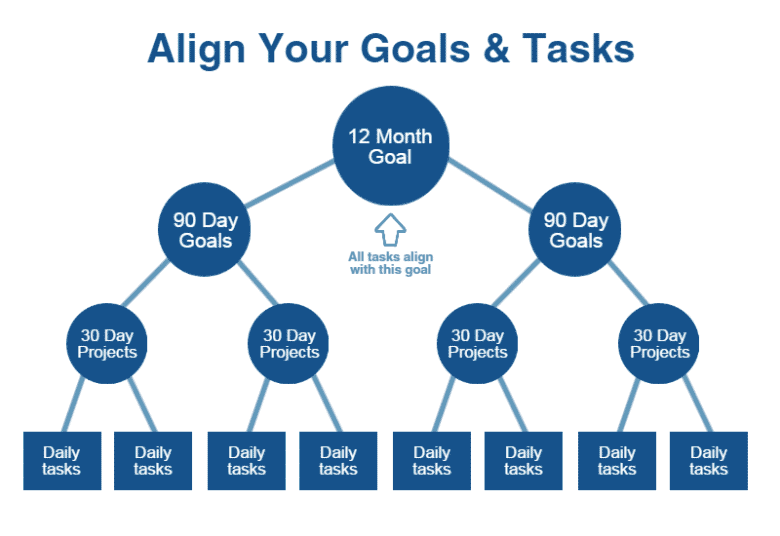
11. Outlining your budget
This section requires an outline of your sales budget, including:
- Salaries
- An overview of your commission structure
- Your budget for resources
- Anticipated expenses
12. Adding any other information relevant to your company
The key to this section of your plan is personalisation. Your plan needs to include individual details which are relevant to your specific organisation. This will help it to have optimum effect.
Strategic sales plan examples.
Creating a good sales plan is all about finding what works for your individual organisation. There is no ‘one size fits all solution. It’s all about finding a suitable template and adapting it to meet your requirements.
We have developed a template that you can download for free here:
Alternatively, why not look at five of the best strategic sales plan examples existing sales and marketing teams are using? We’ve listed them below to make it easy for you.
This sales template outlines the key elements of the plan you need to create. It walks you through each of the steps to create your own personalised version.
This selection of templates breaks down goals into actions. This helps in assigning responsibilities and committing to dates, focusing on multiple goals at once. These resources can really help you to create an effective plan.
This sales action plan has a minimalistic look and focuses on the more robust elements of achieving sales goals. It is easy to personalise and is eight pages long.
This tool provides a fully customisable method of creating a plan. You can choose a design, custom charts, and even stock photos or illustrations.
If you are looking for a shorter, more consolidated plan, this is the one for you. It combines all the essentials with an easy-to-read grid layout.
How to use RingCentral for business growth
Now that you have created a plan to help you achieve sales success, it is time to focus on other methods of supporting business growth. Global enterprises trust RingCentral to provide complete cloud communication and collaboration solution. We can help your organisation to achieve the goals set out in your plan, too.
RingCentral provides one intuitive platform for VoIP calls, video meetings, team messaging, contact centre, and collaboration. Teams can readily access must-have digital tools through an easy-to-use platform that works seamlessly across office sites and mobile devices. Setup, deployment, and adoption are easy and can be managed by IT departments from anywhere.
There is so much more than a VoIP phone solution on offer to businesses, allowing teams to work together from wherever they are located. Ranked as the number one business communications leader for six years running, RingCentral directly enhances agent productivity. This empowers your outbound campaigns, supercharges your inbound response, and increases the speed of follow-up calls. This all helps to grow those all-important conversion rates, helping your business to flourish.
Originally published May 10, 2021, updated Jan 16, 2023



